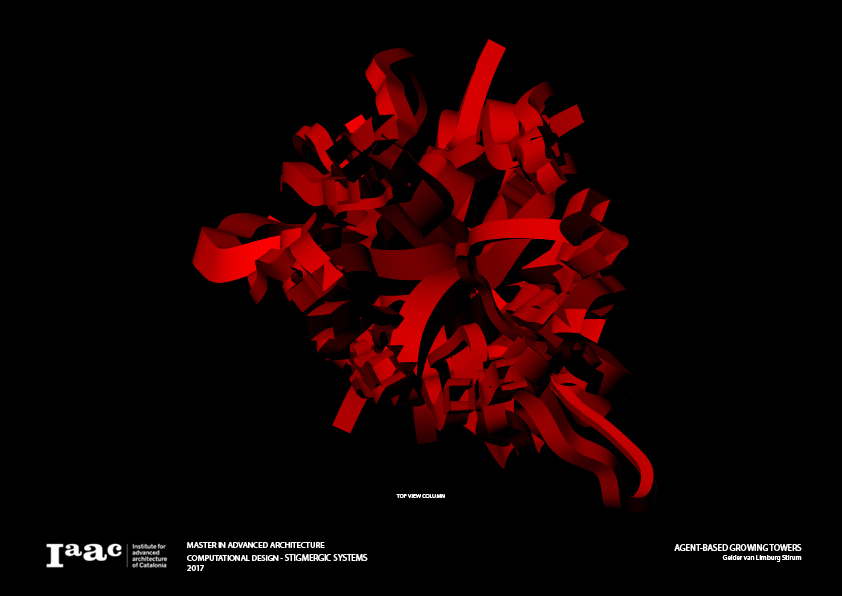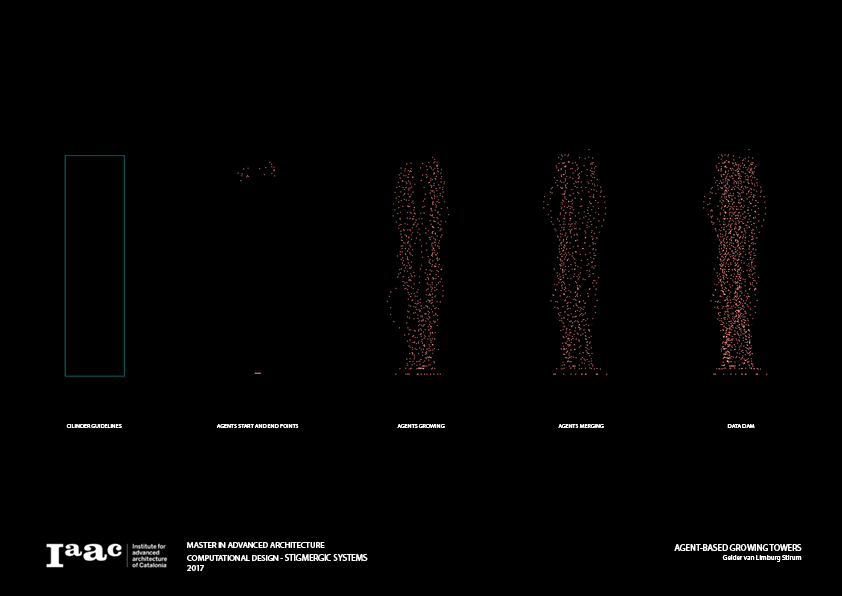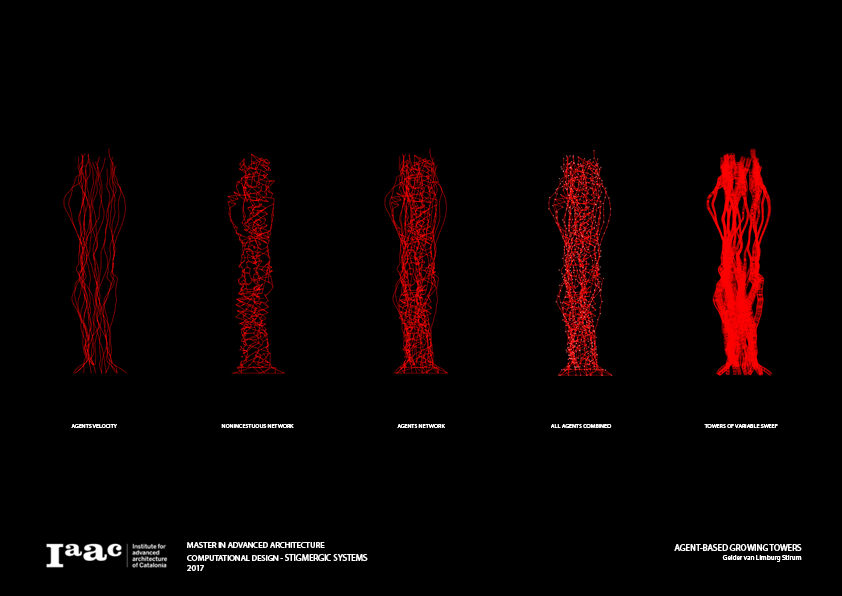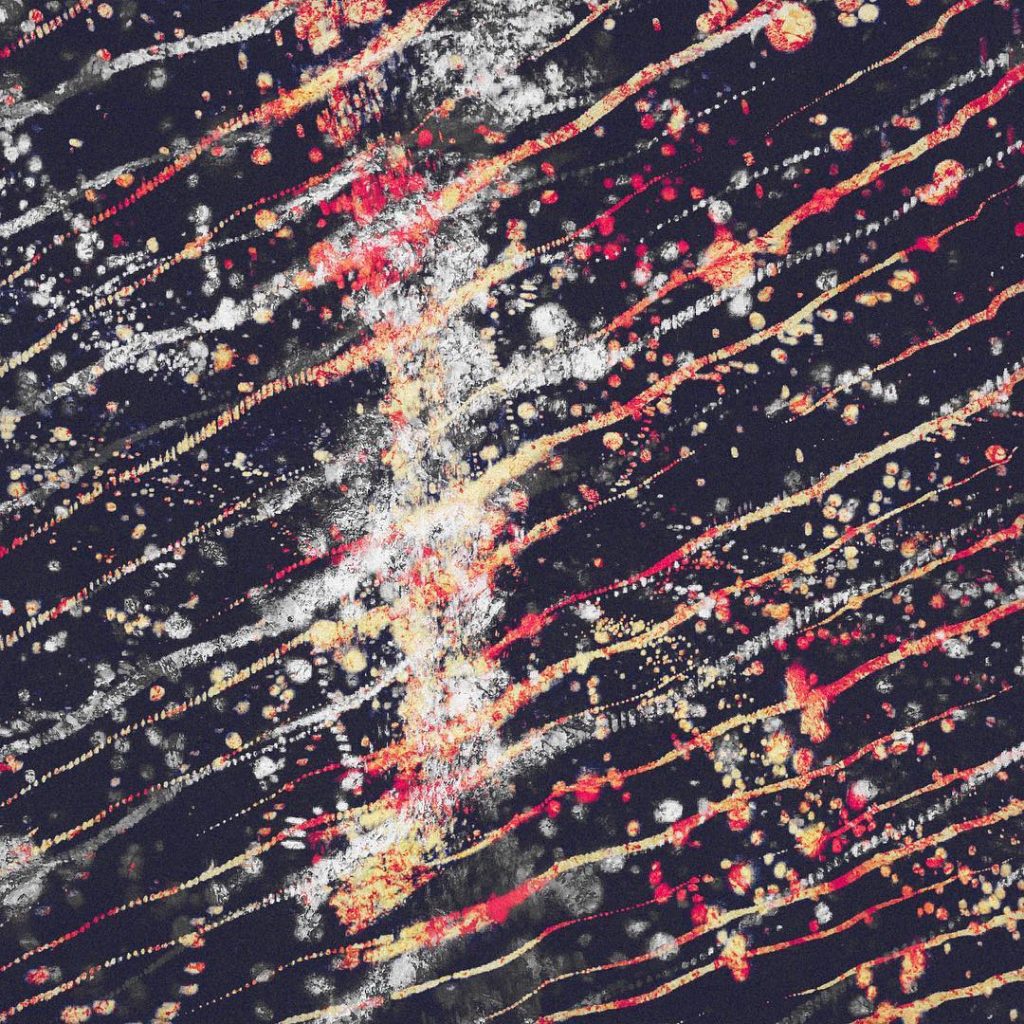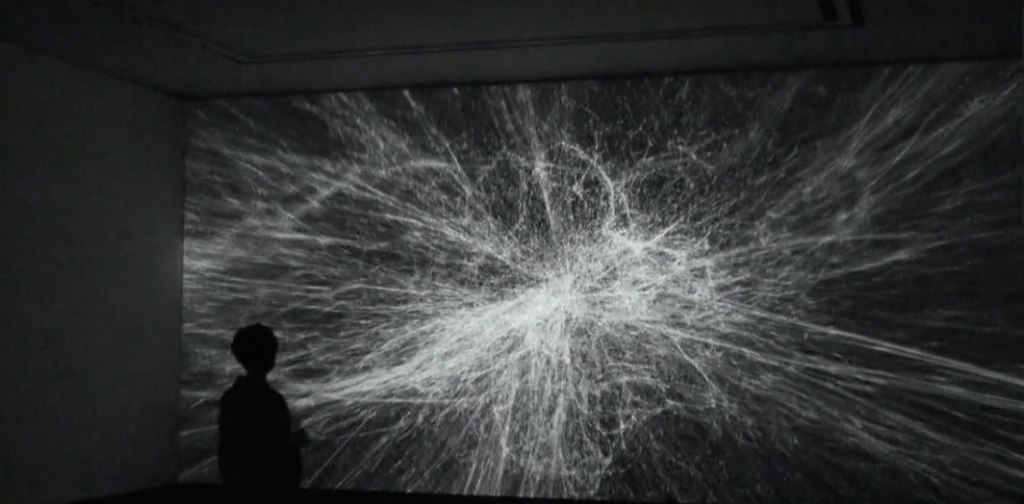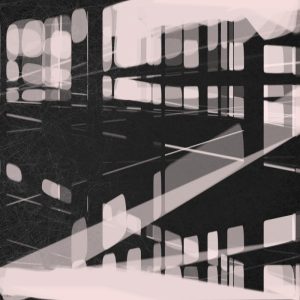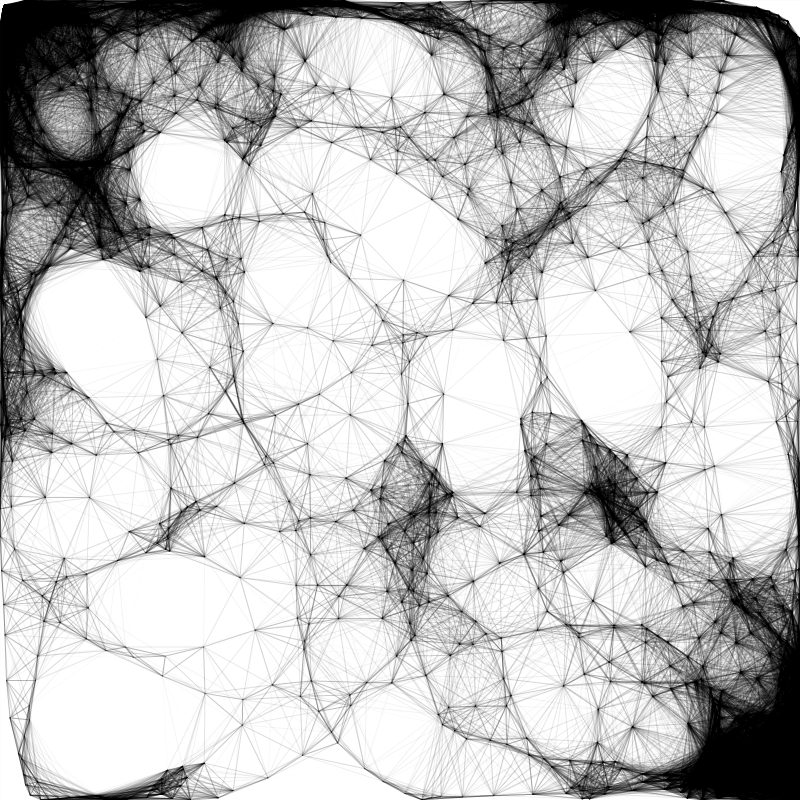
This art piece by generative artist Keith Peters is called Random Lissajous Webs. Peters makes use of Adobe Flash to code abstract generative art with this project specifically exploring the concept of random elements influencing the design. To create this set of images, Peters created code to generate a web of lissajous curves that used random velocity inputs which each resulted in a unique variation of the web.
I thought this project demonstrated the potential of random numbers when creating generative art with code. While initially the idea of randomness seems to go against often careful considerations and planning that typically goes into design, it can prove to be a great way of adding an element of unpredictability to the art. By using these randomly generated velocities in each curve, Peters was able to create a diverse set of images each with their own distinct feel while still clearly looking like they had been generated by the same base script.
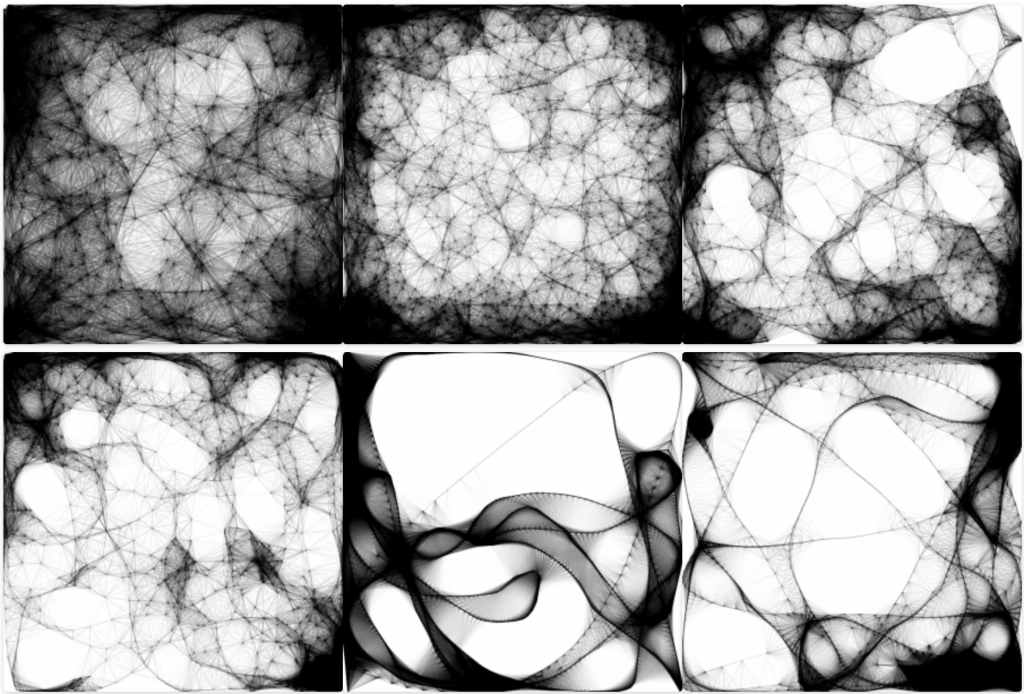
![[OLD FALL 2019] 15-104 • Introduction to Computing for Creative Practice](../../../../wp-content/uploads/2020/08/stop-banner.png)
